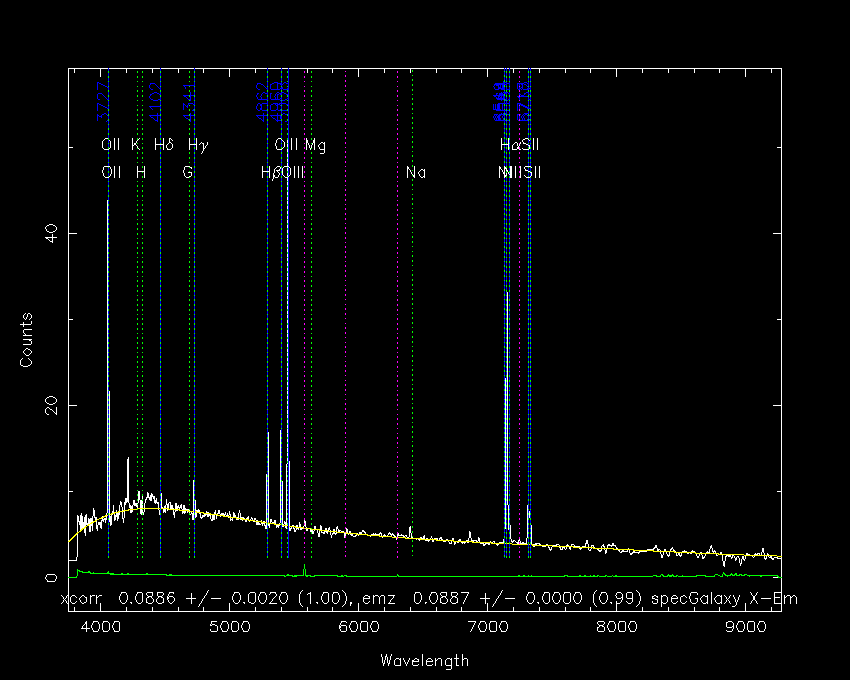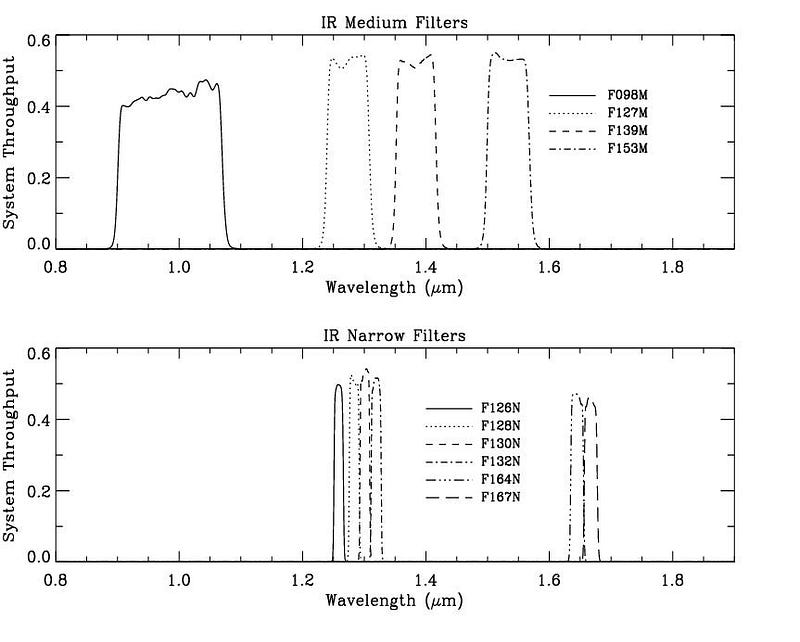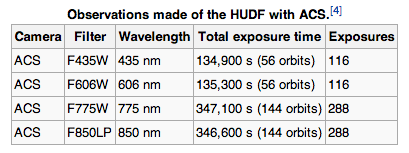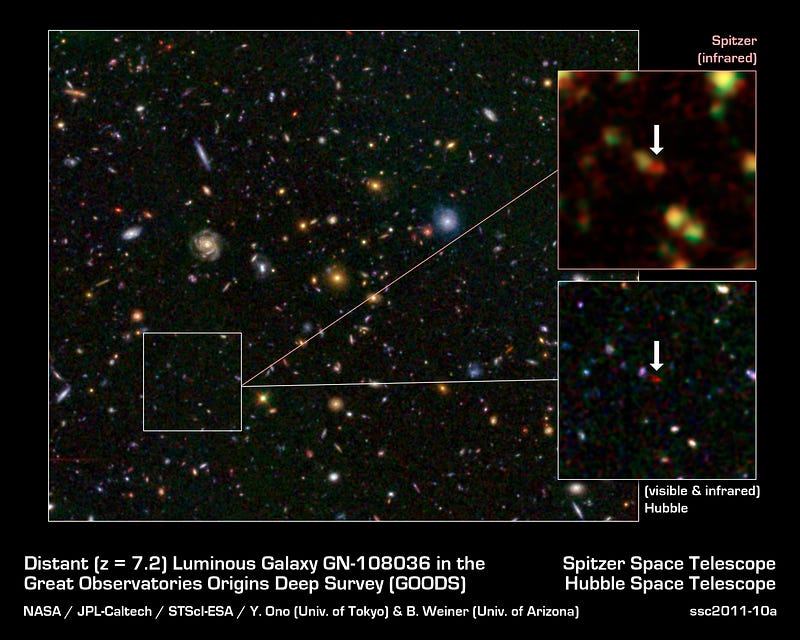The Limit Of What Hubble Can See
The most powerful telescope in history will never see the farthest galaxy.
“No distance of place or lapse of time can lessen the friendship of those who are thoroughly persuaded of each other’s worth.” –Robert Southey
With all that the Hubble Space Telescope has done — including staring at a blank patch of sky for weeks worth of time — you might think there’s no limit to how far it can see. After all, what appears to be dark, empty space is illuminated by the light from thousands upon thousands of galaxies, leading to the conclusion that there are hundreds of billions of them out there spanning the entire sky.

In fact, some of these galaxies are so faint and distant that Hubble can barely see them. But what might surprise you is that there are two reasons Hubble’s limited in what you can see, one reason that’s obvious and one reason that’s much more subtle.
- Obviously: Hubble “only” has a 2.4 meter diameter mirror, meaning it can only gather as much light — as many photons — as that mirror can collect. Even over 23 days, the longest exposure of a region ever taken, that only enables it to see very bright galaxies at the greatest distances.
- Subtlely: the farther out we look in the Universe, the redder any object’s light will appear.
For a little while, this second point is actually a good thing!

You see, when it comes to the youngest, hottest, brightest stars, most of their light isn’t what humans perceive as visible: it’s actually ultraviolet. And as the Universe expands, with galaxies getting farther apart, the fabric of space expands along with it.
This means that photons, the individual quanta of light that exist in this spacetime — emitted from distant stars and galaxies en route to our eyes — get redshifted as well, their wavelengths stretched by the expansion of the Universe itself.
When we see a bright, distant, red galaxy, we can estimate what its redshift is by looking at the relative brightnesses of colors in blue, green, red and (near) infrared light, but that’s only good for an estimate. If you want to know its true redshift — and hence, its distance, using Hubble’s law — you need to measure something more definitive.
Thankfully, the physics of atoms, and of atomic transitions in particular, are the same everywhere in the Universe. If you can measure the spectrum of the emission (or absorption, depending on the type of galaxy) lines coming from an object, and identify the elements present, you can calculate in a very straightforward manner:
- its redshift,
- its distance,
- and how old the Universe was when that light was emitted.

So as far as atomic transitions go, the strongest, most easily visible lines in any star or galaxy are from hydrogen, transitioning in either the ultraviolet (the Lyman series), the visible (the Balmer series), or the infrared (the Paschen series).
But these lines — and their wavelengths — are calculated in the rest frame of these galaxies. As the Universe expands, these wavelengths redshift tremendously. And the strongest and most easily identifiable transition, the Lyman-alpha transition, which normally occurs at 121.567 nanometers, can get shifted incredibly far.

The formula for what the observed wavelength will be? Take the rest-frame wavelength and multiply it by (1 + z), where z is the redshift of the object. Above, the Lyman-alpha line at nearly 540 nm — green colored light — gives us a redshift of right around 3.4, or a distance of 22 billion light years, with its light emitted from when the Universe was only 1.9 billion years old, or 13% its current age.
Now, when you look at the latest-and-greatest camera on Hubble, the Wide Field Camera 3 (WFC3), the medium-and-narrow filters can go quite far: out to a maximum of almost 1700 nanometers!

So you might think, based on this, that we could see all the way out, in theory, to a redshift of 12 or 13, and hence to times when the Universe was only 3% its current age!
Unfortunately, that would be predicated on the assumption that we used these infrared filters when we made these deep observations: we didn’t. We used wide-field bands (to gather the most light), and the longest wavelengths we went to were around 850 (edging to around 900) nanometers.

In fact, when we go as deep as possible, even though we can’t get objects to the same resolution or faintness as Hubble can, we’re often better off going with dedicated infrared space telescopes, such as Spitzer!

We then need to confirm the spectra on these candidates with follow-up observations from 8-to-10-meter class telescopes on the ground. For a long time, it looked like the galaxy UDFj-39546284 was the record-holder, with an astounding redshift of 11.9! But as you may have guessed, a galaxy like that would be entirely invisible to Hubble. As follow-up observations showed, there were spurious emission lines from a low-redshift interloper that confounded the results.
But as of today, we’ve got a new confirmed record holder!

Say hello to galaxy EGS-zs8–1, at a new-record redshift of 7.7, the highest confirmed redshift for such a galaxy. With numbers like this, the Universe was just 660 million years old when light from this galaxy was emitted, and it’s presently a distance of 29 billion light years away, the cosmic record-holder for now for the most distant galaxy ever discovered.
But a galaxy like this is really probing the limit of what Hubble can reach. The Lyman series isn’t changing, and so even if we can get other lines in the series (near the Lyman limit), we’re not going to go much past a redshift of 8 or 9 with Hubble. Too bad, because there may be galaxies as far out as a redshift of 15 or 20!
But there is hope.

Whereas Hubble struggles to get to wavelengths as long as one micron, the James Webb Space Telescope (JWST) will get all the way down to about 30 microns with better sensitivity than anything else that’s come before, with better resolution and some six times the light-gathering power of Hubble!
With a little luck, we’ll be able to, for the first time, discover not what the farthest galaxies are to the limits of our current telescope technology, but to find the farthest galaxies the Universe has to offer. As great as Hubble is, it has its limits by its very nature. But until super-long-wavelength radio astronomy comes along, JWST is how we’ll find the farthest galaxies, and how we’ll be able to start doing it in just three years.

I can’t wait. At last, we’re poised to peel back the last veil of the unknown in the visible Universe. It’s about time.
Leave your comments at the Starts With A Bang forum on Scienceblogs!





